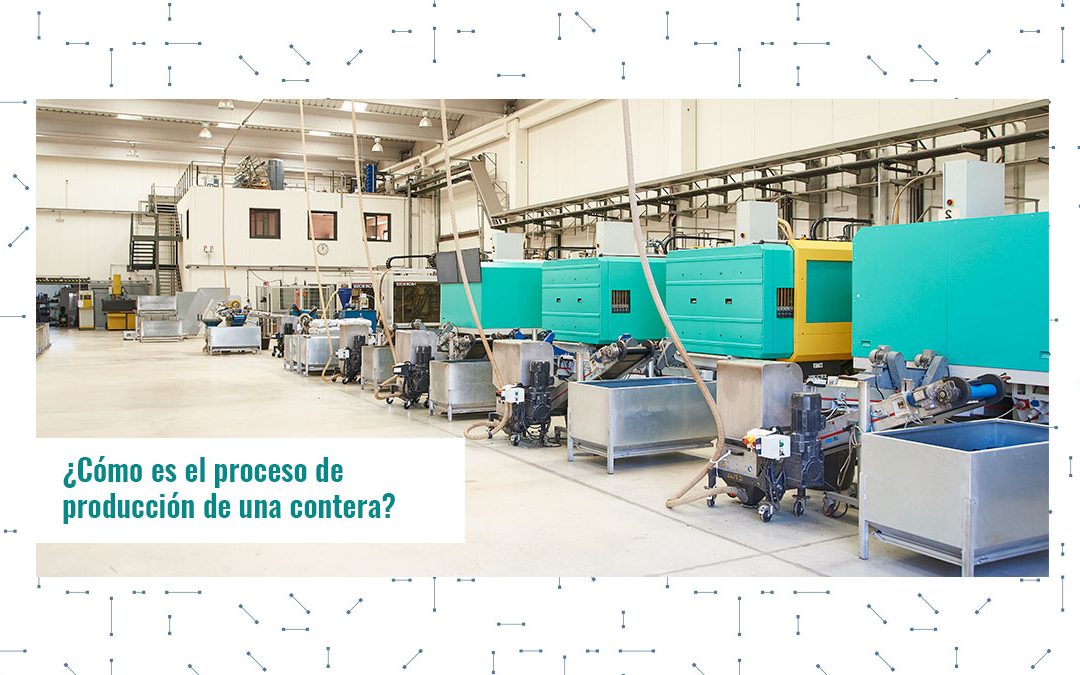The manufacturing process of each supplier of ferrules is specialized, depending on each structure. However, most of them fulfill similar functions to each other, be it to maintain the cleanliness of the tube by means of its sealing, prevent leaks, and increase its durability, in addition to merely decorative fines.
Custom plugs are basic clothing for any pipe system: their shape, material and measurements are exactly adjusted to the shape of the mouth of the pipe, providing it with greater security.
The production of the ferrules for pipes is based on the previous manufacture of the characteristic molds of each supplier. This involves a specialized design process developed according to the diameter and elevation measurements defined for each case.
As mentioned above, pipe plugs fulfill different functions and perform different services. Depending on each specific function, they are designed individually. Thus, the ferrules can have various shapes and sizes. For example, the oval ones usually fulfill decorative functions; on the other hand, those that are installed in outdoor pipes serve both decorative purposes and as agents against humidity.
Specific patterns will be established by each ferrule supplier according to these specifications. Some plugs must be manufactured with measurements and criteria chosen by each client.
Ferrule manufacturing process
The first step for the manufacture of ribbed inserts is the manufacture of calibrated steel molds for the specific plug, always with millimeter precision regarding the measurements of each one. Most ferrule suppliers employ the latest in automated machinery to streamline production processes to their finest.
A correct process of design and conceptualization of each piece by the ferrule suppliers is of vital importance, being guided by the specifications of each client, studying their viability based on their requirements for use, properties, and characteristics. Next, polyethylene is injected into the molds. This extremely resistant thermoplastic has very advantageous characteristics for the products since it does not conduct heat or electricity.
Likewise, it should be noted that low-density polyethylene is used for parts, while high-density polyethylene is used with greater hardness for flanges and threads.
Furniture ferrules
So that the piece can accommodate the different thicknesses of the tube, the so-called outer fins are used. A smaller diameter split fin is used to locate it. Inside the pieces there is a grooved pattern to maximize flexibility and facilitate placement. Larger pieces contain internal ribs so that pressure can stay on the tube and make it difficult to remove.
In the case of furniture ribbed inserts, it is important to consider what surface they are going to work on, since some materials are more advisable than others depending on the type of floor. An example of this would be those that are going to rest on a carpet, you should try not to sink into the fabric. For these cases, the hardest ferrules are the most recommended, while if the floor is delicate, it is best to choose rubbed inserts. Some suppliers of ferrules bet using virgin raw material, that gives better probabilities of recycling.
Also, the finished product must go through rigorous quality control tests. In addition, some of the companies have machinery that recycles excess plastic automatically. After this, the packaging and preparation process of the individual orders takes place. In addition to the expedition, sale, and distribution in the market of finished products.





